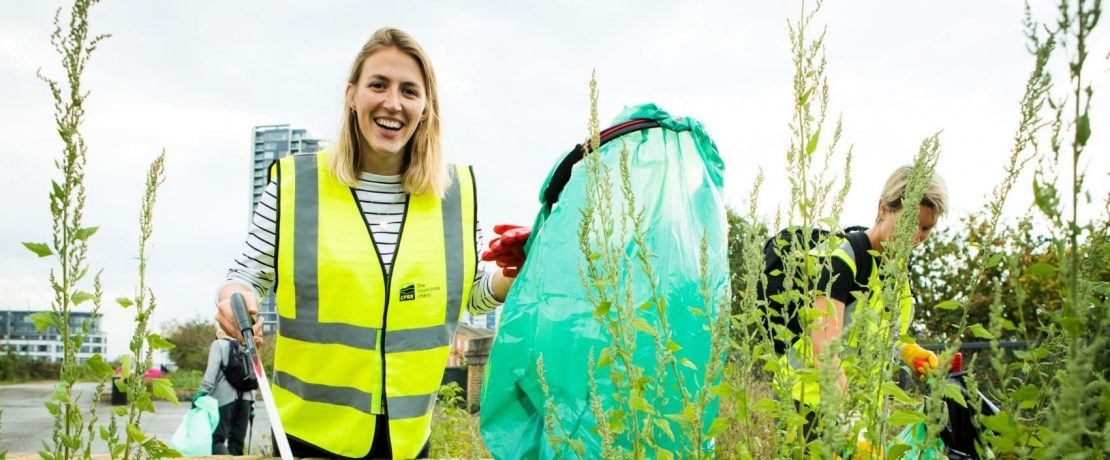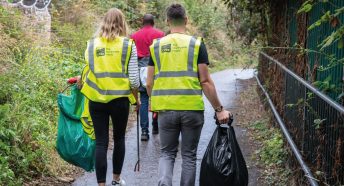Fly-tipping is rising – but we’re on the case
Figures suggest that fly-tipping is on the rise – so we’re ready to continue our work campaigning for a clean countryside
New figures suggest that fly-tipping is increasing – and we at CPRE are ready to continue our hard work campaigning for a clean, healthy countryside.
Fly-tipping has seen a rise in 2018-19, up 8% from the 2017-18 year. This increase extends to fly-tipping in our rural footpaths and bridleways, which has gone up by 14%.
Tom Fyans, CPRE deputy chief executive, has commented that this is especially frustrating as ‘the actual rate of fly-tipping is likely to be much higher as these don’t include fly-tipping on private land, such as farmland.
‘We at CPRE are working hard to reduce and eventually eradicate all kinds of littering. Not only is it a danger to wildlife, it has a huge emotional impact on people. CPRE believes in the huge power of our countryside to give us respite and restoration and fly-tipping can really impact this experience.
‘It’s a symptom of our throwaway culture that goes far beyond the pointless plastics that line our supermarket shelves.’
CPRE has long campaigned for producers to take responsibility and establish return and recycling systems for large household items to prevent fly-tipping, and to properly fund clean-ups and reduce waste wherever possible. And this is in all of our interests; figures from the Local Government Association show that fly-tipping costs taxpayers more than £57m a year to clean up.
We stand for a clean, healthy countryside and green spaces that we can all access and enjoy without encountering litter. We’ve worked on this for years, with annual clean-up events and lots of work with the government and local partners to make the case for our rural areas. And you can be a part of this; read more about how on our get involved pages.





